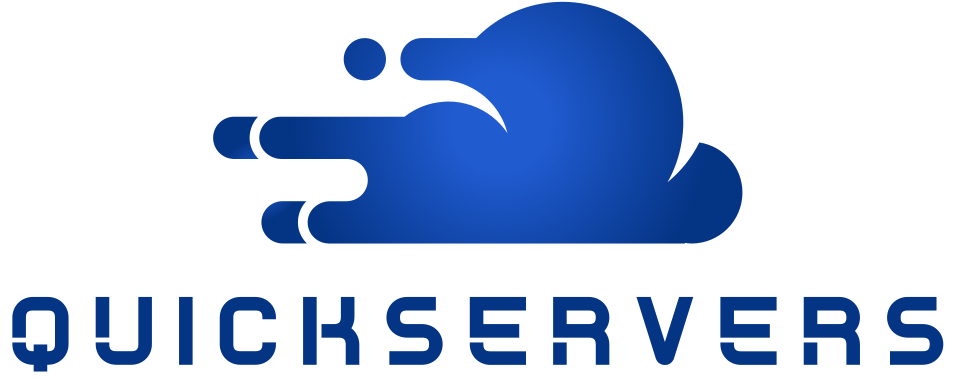Adding and Managing Pages on Your Quickservers Website
Creating a well-structured website is essential for delivering a seamless user experience. Adding and managing pages effectively on your QuickServers website can help you organize content and guide your visitors effortlessly. Here’s a step-by-step guide to help you through the process.
Adding a New Page
-
Log in to Your Dashboard
-
Access your Quickservers account, navigate to the website builder dashboard and click on Manage.

-
-
Navigate to Pages Section
-
Locate and click on the 'Pages' section from the sidebar.

-
-
Add a New Page
-
Click on the 'Add'.

-
Click on the Page to add a new page.

-
From here, you can choose to:
- Add a blank page.
- Duplicate an existing page.
- Select the pre-designed template.

-
-
Select a Template
-
Choose a template for your new page. Quickservers offers various templates suitable for different types of content, such as blogs, contact forms, or product pages.

-
-
Customize Content
-
Add text, images, videos, and other content elements to your new page. Use the drag-and-drop feature to arrange elements as desired.

-
-
Save and Publish
-
Once you’re satisfied with your new page, click 'Publish' to make it live on your website.

-
Managing Existing Pages
-
Access the Pages Section
-
From your dashboard, go to the 'Pages' section to view a list of all existing pages on your website.

-
-
Edit a Page
-
Select the page you wish to edit. You can modify the content, layout, and settings as needed.

-
Content Updates: Regularly update the content to keep it relevant and engaging.
-
Design Tweaks: Adjust the design elements to align with any new branding or style changes.
-
-
Reorder Pages
-
Change the order of pages in your navigation menu to improve user experience. Drag and drop pages to reorder them as necessary.

-
-
Hide or Unpublish a Page
-
If you need to temporarily hide a page from public view, you can unpublish it. This is useful for pages under construction or seasonal content.
-
Click on the ‘Gear’ button to open the settings.

-
To hide the page, click on HIDE PAGE.

-
-
Delete a Page
-
If a page is no longer needed, you can delete it. Be cautious with this action, as it will permanently remove the page and its content.
-
Click on the ‘Gear’ button to open the settings.

-
Click on the 'Delete' option.

-
Best Practices for Page Management
- Consistent Structure: Maintain a consistent structure across all pages to provide a cohesive user experience.
- Clear Navigation: Ensure your navigation menu is easy to understand and use. Group related pages under appropriate categories.
- Regular Updates: Keep your content fresh and up-to-date to retain visitor interest and improve SEO.
- Monitor Performance: Use analytics tools to monitor the performance of your pages. Identify high-performing pages and areas that need improvement.
Conclusion
Adding and managing pages on your Quickservers website is a straightforward process that allows you to tailor your site to meet your specific needs. By following these steps and best practices, you can create a well-organized, user-friendly website that effectively communicates your message and engages your audience.
If you need further assistance, our support team is always ready to help. Happy building!

